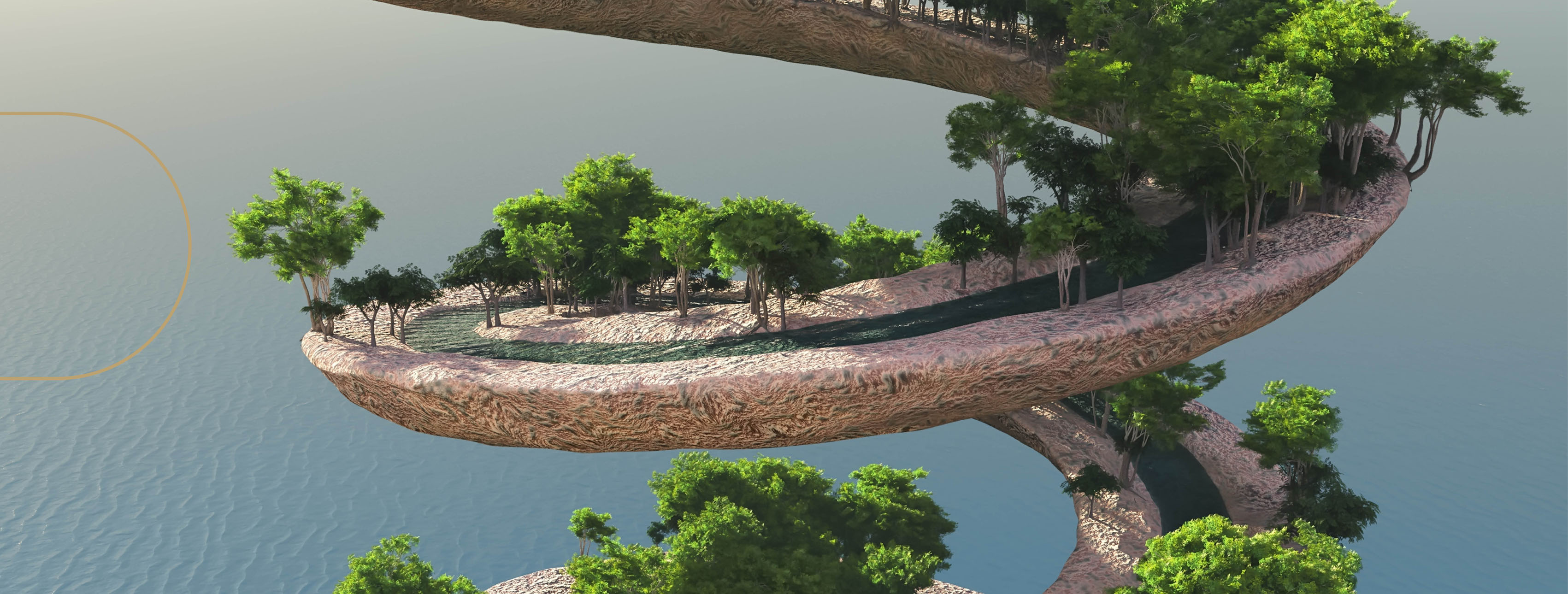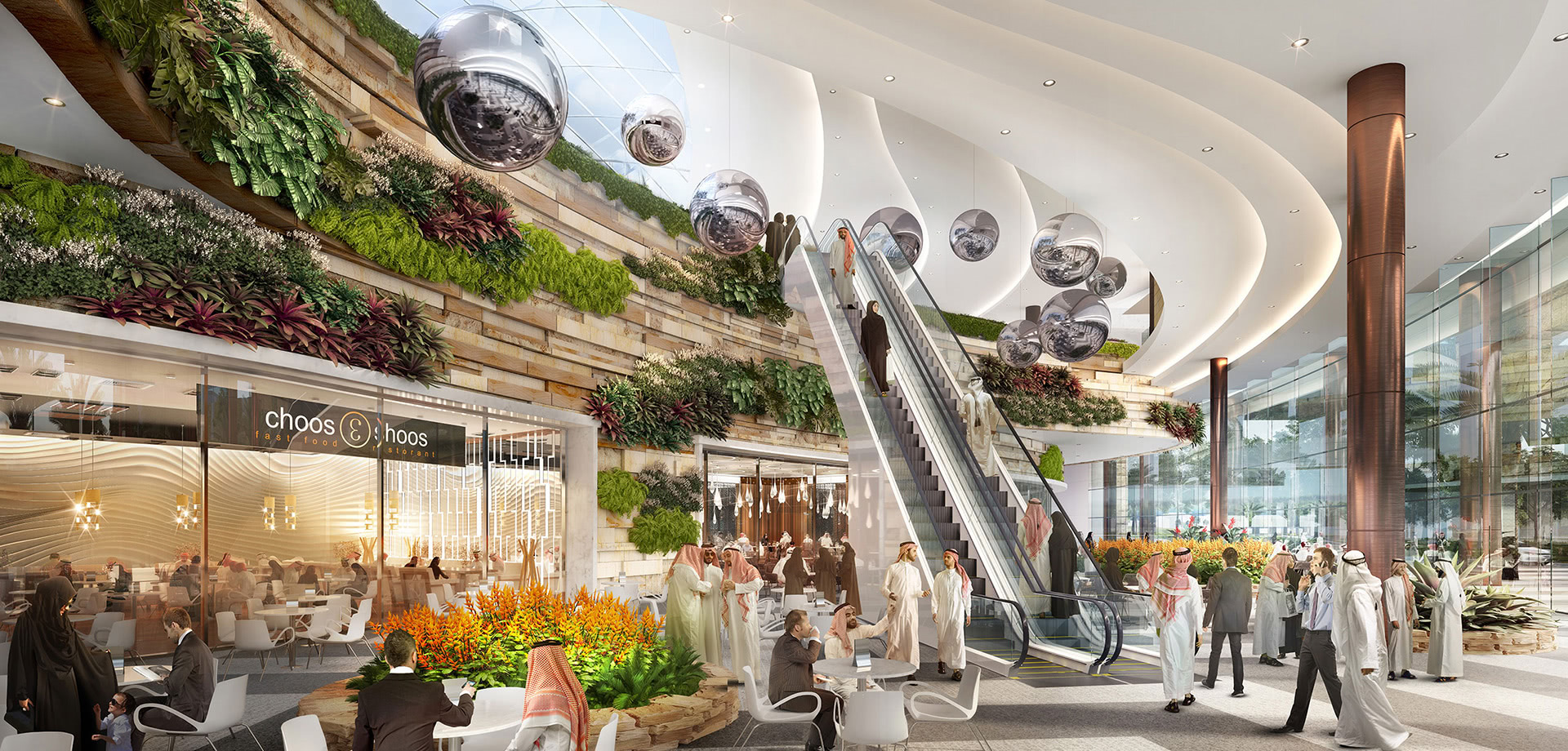Table Of Content

There are, however, several new technologies, like wristband monitors, and very light weight headband EEG that may open up new rapid methods of testing; but until those technologies go mainstream, rapid testing can also be done in more rudimentary fashion and with a smaller budget. Micro-restorative experiences might include moments of sensory contact with nature through a window, television, image, painting or an aquarium. In urban environments where sensory overload is common (119. Joye, 2007 ), such experiences will be most valued and impactful when situated in locations with high foot traffic, allowing for a greater frequency of access to trigger the desired biophilic response. Traditional Japanese doorway gardens are a perfect example of replicable small-scale interventions.
Indoor Plants
Non-Visual Connection with Nature is the auditory, haptic, olfactory, or gustatory stimuli that engender a deliberate and positive reference to nature, living systems or natural processes. When planning for implementation, common questions recur, such as how much is enough and what makes a good design great. A high quality intervention may be defined by the richness of content, user accessibility and, as mentioned above, diversity of strategies. A single high quality intervention can be more effective and have greater restorative potential than several low quality interventions.
Natural Material
This elevated space is bounded by the angled fins of the adjacent researcher offices, and has a rill flowing through the center out towards the view of the Pacific Ocean. There are some small trees in planters at the entry of the courtyard, but once in the space one’s gaze is drawn outward through the space. Tucked in between buildings of downtown Toronto, Ontario, is the Allen Lambert Galleria and Atrium at Brookfield Place. The cathedral-like in structure designed by Santiago Calatrava (1992) is information rich, yet protecting, with its orderly columns that rise up into a canopy of complex tree-like forms, showers diffuse light and shadow onto the courtyard, and keeps visitors awestruck and engaged.
Types of Foundation for Buildings and their Uses
The end goal would be to create cities that blur the line between what’s man-made and what’s natural. Therefore all buildings will be surrounded by other similar biophilic buildings that also look spectacular. Therefore it only makes sense to create more outdoor spaces for ourselves whether it is balconies, patios, or parks.
A large quantitative dose-response study was recently carried out where the self-reported minutes spent in natural environments for recreation in the last 7 days were compared in relation to self-reported health and subjective wellbeing (White et al., 2019). This research revealed that there is a minimum “threshold” of exposure to Nature which can be quantified as 2 h per week. People who reported spending at least 2 h in Nature per week exhibited consistently higher levels of health and wellbeing than those who reported no exposure. It does not matter in which way the 2-h threshold was reached, whether by long weekend walks in places far from home or short and regular walks in urban parks, nor which activity took place in these 2 h immersed in Nature. Despite the numerous limitations recognized by the authors themselves, this research establishes a clear reference point for subsequent research, in relation to the dose of Nature as a function of people’s responses insofar as their perceived wellbeing. Often applied alongside sustainability, biophilia plays up the outside world and brings those natural elements indoors—including live plants and flowers, nature-inspired scents, colors derived from nature, eco-friendly materials and even artwork reflecting the natural world.
About your inquiry and other home-related matters, but not as a condition of any purchase. MoreYou also agree to our Terms of Use, and to our Privacy Policy regarding the information relating to you. This consent applies even if you are on a corporate, state or national Do Not Call list. Understanding what emotional intelligence looks like and the steps needed to improve it could light a path to a more emotionally adept world. The modern biophilic movement and its focus on the role of nature in our lives is rooted in Romantic ideas and Alexander von Humboldt’s remarkable global influence.
Employers use green spaces to attract employees to the office - HR Brew
Employers use green spaces to attract employees to the office.
Posted: Wed, 17 Apr 2024 07:00:00 GMT [source]
This week we’re all about the biophilic, aka design that incorporates natural elements and motifs and inspires an overall nature connection—even inside the comfort of our living rooms. Some types of Nature seem to stimulate biophilia and are preferred, while other types of Nature seem to stimulate biophobia and are avoided (for more details, see Kaplan and Kaplan, 1989). From the lens of evolutionary psychology, people who were well-connected to landscapes, animals, and water sources were more likely to survive. Survival and, later, achievement have rested on creating cohesive non-kinship-based groups. A shared belief in something bigger than the individual can be an effective mechanism for coordination; nature and awe have since united people in creating universities, symphonies, and voyages to the moon. Browning recommends the use of “fabrics, carpet, and wallpaper that have biomorphic patterns,” for example rounded and irregular shapes that evoke plant life and other living forms.

The main empirical evidence of the relationship between the feeling of affiliation and recovery from stress comes from studies on relationships with pets (Coakley and Mahoney, 2009). Humans like to establish emotional relationships with their pets, because this type of affiliation reduces the stress response (Sapolsky, 2004, pp. 234–248; Kertes et al., 2017). As the population continues to grow and urbanize, the benefits of nature are becoming increasingly important to the built environment, including homes. “Designers, in particular, have been quick to recognize the possibilities for transforming environments to encourage positive psychological effects,” says Sarah Barnard, a Los Angeles interior designer who specializes in creating calming restorative environments that support physical, emotional, and mental well-being.

Creates a Healthier Environment
In most cases, the refuge is not entirely enclosed, but rather provides some contact (visual or aural) with the surrounding environment for surveillance. The greater the number of protective sides, the greater the refuge condition; however, complete refuge – protection on all sides – is not necessarily the most appropriate or effective solution, as it does not maintain a relationship to the larger space. The traditional lean-to is a great example of basic refuge, as are a cozy bench seat in a bay window of the kitchen or a fireside inglenook. Refuge is a place for withdrawal, from environmental conditions or the main flow of activity, in which the individual is protected from behind and overhead. The central courtyard of the Salk Institute for Biological Studies in California, designed by Louis Kahn, is a popular example of a nearly pure Prospect condition.
The concept gives a sense of responsibility for the planet and our relationship with it. The use of natural light in abundance creates stimulating, dynamic, and sculptural forms in the space. In this principle, the sensory experiences are varied with transitions and complementary contrasts. This is achieved by having central focal points, patterned wholes, and clear boundaries in the building design. Nature-filled spaces reduce stress, improve comfort, and promote healing of the occupants.
Ludwig Mies van der Rohe’s Barcelona Pavilion (built 1929) pushed that concept in the play of volumes and glass. Later, his Farnsworth House (built 1951) defined interior and exterior much more literally, by segregating the elements from the visual connection to nature. Inspiration from nature was in full view in the Art Nouveau designs of the late 19th Century.
This systematic review aims to examine the experience of hospital users (patients and staff) with a view to informing a standardized biophilic design framework to improve future design in this context. Natural elements – trees, flowers, animals, shells – show both variation and similarity in form and appearance due to growth patterns. Nicholas Humphrey (1980) refers to this phenomenon as “rhyming” and argues that it is the basis for aesthetic appreciation – a skill that evolved for classifying and understanding sensory experience, as well as the objects and features of the environment. Just to remind ourselves why biophilic design is so important, consider that in the 12,000 years since humans began farming and other activities that transformed the natural landscape (Smithsonian, 2014), only in the last 250 years have modern cities become common.
For experiences of space and place, Svigals + Partners bring nature into the classroom and school through the placement of windows that act as transitional spaces. The school also has a variety of breezeways, bridges, and pathways for students as they move from one space to another. Direct experiences of nature are enjoyed through water features, large rain gardens, and courtyards found on the property.
Incorporating plants into your office isn't just about aesthetics; it's about creating a living ecosystem that can improve air quality and reduce stress. From potted plants to living walls, greenery can be integrated in various ways. Ensure that you choose species that can thrive indoors and consider the maintenance they will require. Plants can also serve as natural dividers, creating quieter and more private areas without the need for traditional partitions. Research suggests that the cognitive benefits of being in nature are due to “restorative environments,” which provide the experience of escape from daily demands, and a perception of vastness.
Supporting evidence has suggested that natural scenes without water and urban scenes with water elements follow with primarily equal benefits (Jahncke et al., 2011; Karmanov & Hamel, 2008; White et al., 2010). Research shows that people like moderate levels of sensory variability in the environment, including variation in light, sound and temperature, and that an environment devoid of sensory stimulation and variability can lead to boredom and passivity (e.g., Heerwagen, 2006) [P4b Endnote ]. A view to nature through a glass window provides a benefit over a digital screen (e.g., video/plasma tv) of the same view, particularly because there is no parallax shift for people as they move toward or around a video screen (Kahn et al., 2008).
Adding 3D sound from gaming engines to VR allows designers to represent accurate acoustic conditions to clients during design. Whether your community has started on a plan or is still considering net zero, now is the time for all of us to start seriously addressing climate change. Stantec's Brett Lambert, Principal of Architecture and Passive House Certified Consultant, uses the Northland Newton Development project to guide designers with eight tips for designing multifamily passive house projects.

No comments:
Post a Comment